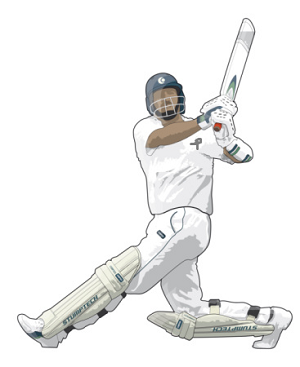Dec 15, 2025
Dec 15, 2025
 India is celebrating “80 years of Test cricket”. The country played its first ever Test match in the Lord’s cricket ground in London against England in the summer of 1932 and has since then become a name to reckon with in cricket-playing countries.
India is celebrating “80 years of Test cricket”. The country played its first ever Test match in the Lord’s cricket ground in London against England in the summer of 1932 and has since then become a name to reckon with in cricket-playing countries.
23-Dec-2012
More by : Proloy Bagchi